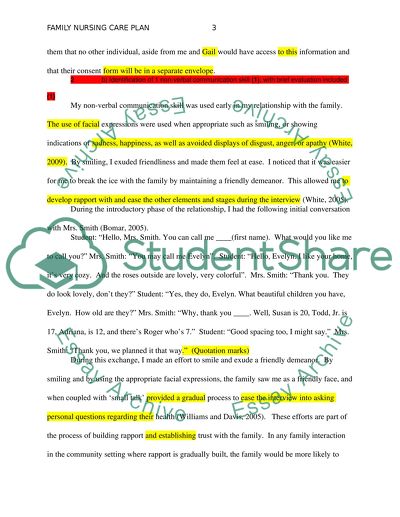Cite this document
(“CHN: Family Nursing Care Plan Research Paper Example | Topics and Well Written Essays - 3500 words”, n.d.)
Retrieved from https://studentshare.org/nursing/1401558-family-project
Retrieved from https://studentshare.org/nursing/1401558-family-project
(CHN: Family Nursing Care Plan Research Paper Example | Topics and Well Written Essays - 3500 Words)
https://studentshare.org/nursing/1401558-family-project.
https://studentshare.org/nursing/1401558-family-project.
“CHN: Family Nursing Care Plan Research Paper Example | Topics and Well Written Essays - 3500 Words”, n.d. https://studentshare.org/nursing/1401558-family-project.


